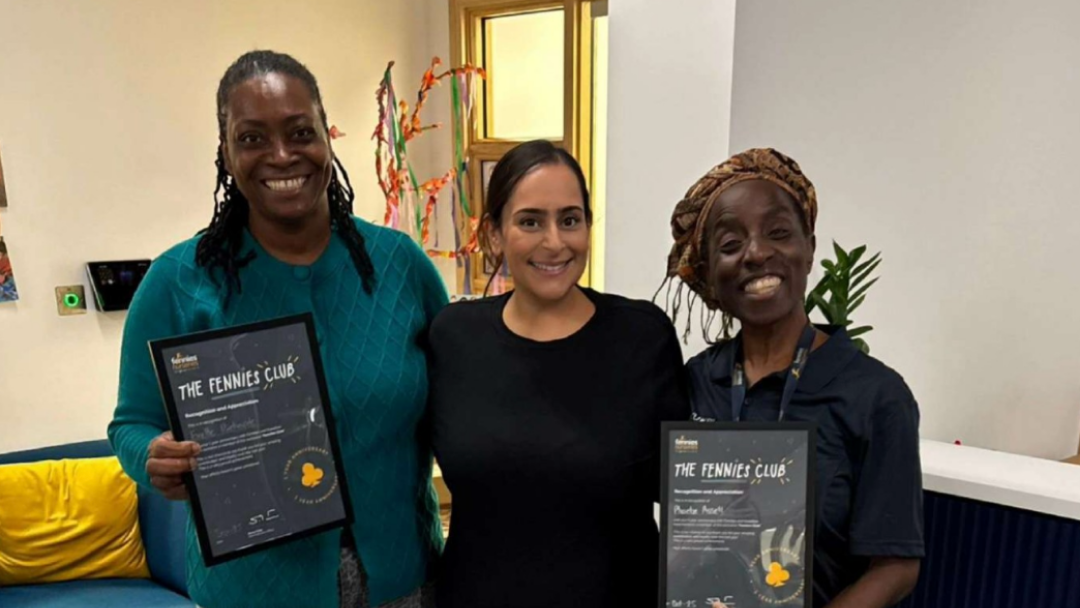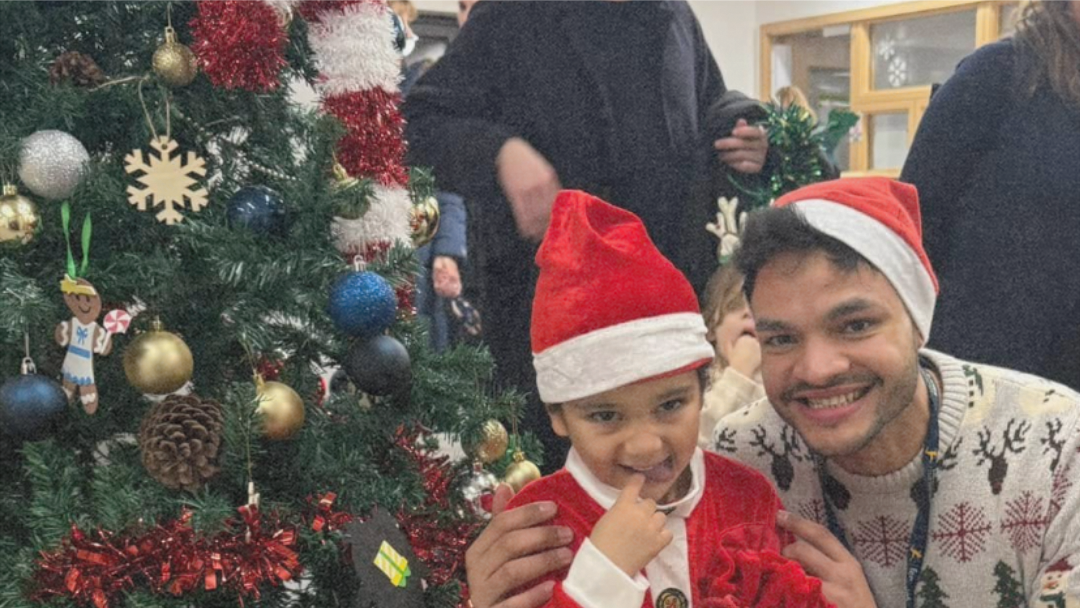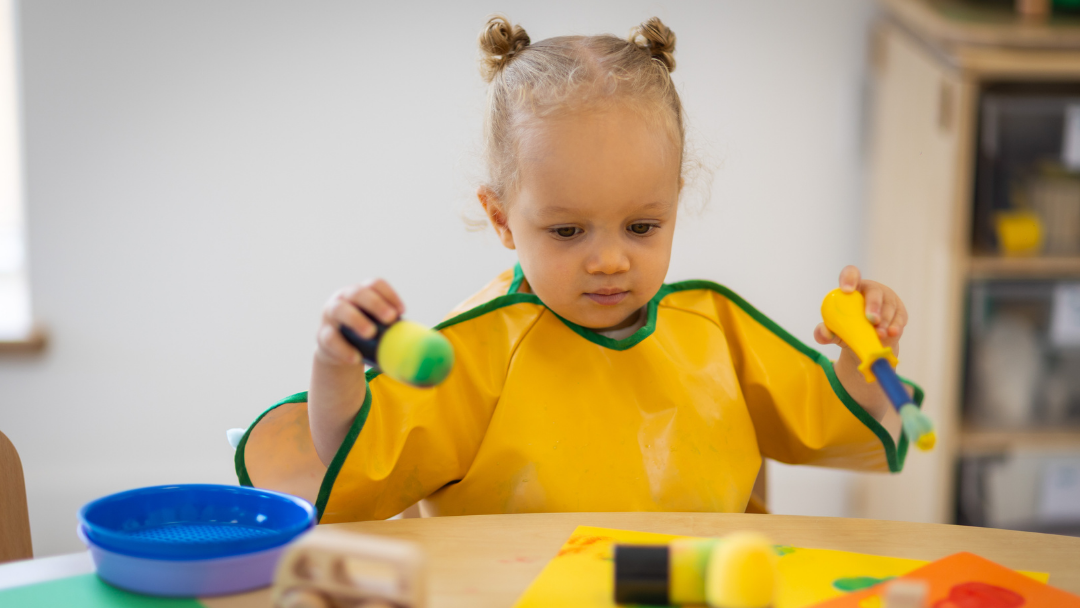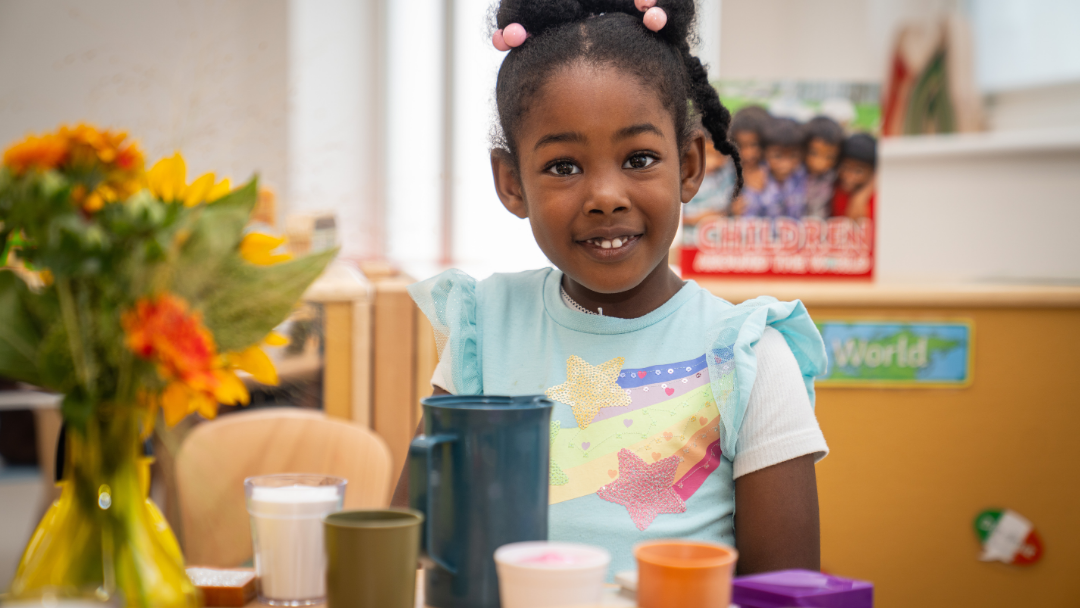Enabling Our Nursery Environments Through Open-Ended Play
At Fennies, most of our furniture and resources are created by Community PlayThings, who design and manufacture wooden equipment for primary schools and early years settings in the UK We took a visit to their factory to see first-hand how our children’s toys are made.
Welcome to Community Playthings
Each child deserves a high-quality, safe and nurturing environment where they can create, play, and learn. Not only is this beneficial to their emotional development, but decades of research indicate that early experiences have a direct impact on lifelong success which is why at Fennies children’s development starts with their environment. We visited the Community PlayThings workshop to better understand how our furniture and toys are made and how we can continuously enhance our nurseries alongside them.
It’s immediately clear when stepping foot in the workshop that it stands out from any other factory imaginable. Located within a community in South East England, the company has been designing and creating products since 1920, with no large industrial machinery insight; the space is an idyllic toymakers workshop.

Community spirit flows through the workshop as the company employs people who have been making toys and children’s furniture for years, this was evident as you could see that workstations had even been adjusted to suit certain individuals.
Community PlayThings pride themselves on the quality of their products and guarantee them to never last less than fifteen years! Sustainability is something that Community PlayThings and Fennies both value and when shaping our nursery interiors it was something that was greatly considered.
The designs of each piece of furniture or toy is inspired by open-ended play as toys and furniture can be adapted and changed as the child learns and grows. For example, the legs of water trays can be made longer or shorter to accommodate children’s growth, making sure that imagination is never limited. This intricate design work is thanks to their in-house team who work from the philosophy that children learn best through open-ended play and they meticulously field test, trial, and inspect every single product, a process that can often take years before it is finalised and taken to production.
What is open-ended play?
Open-ended play opens a world of endless possibilities for learning and allows children to express themselves freely. During this kind of play, children make their own decisions and fully engage their imagination to create a variety of different outcomes. For example, will the cardboard box become a rocket ship or a house? There are no rules or instructions or “right” or “wrong” answers!
Open-ended play is crucial for early development as it injects creativity within play during the most prominent stages when children’s imagination is forming. Through play, children subconsciously develop an understanding of problem-solving, practice leadership and decision making and become open to learning new ideas and concepts which lay the groundwork for skills they will use throughout their whole lives.
To encourage open-ended play, most of the time the less is more. With today’s advance in technology, most toys come complete with all the bells and whistles including screens, sounds, bright colours and so on. Wooden toys are great at encouraging open-ended play because they offer children a blank canvas upon which they can fire up their imagination.
The designers at Community PlayThings recognise how much children thrive on open-ended play with their very first product being wooden blocks, a staple they still make today in the same shape and size!

Why is a child’s environment important?
Each of our nurseries provides a space that is engaging for children and encourages them to learn and develop in their own unique way, whilst allowing staff to be creative in their methods and provide excellent childcare and education. This is made possible by our Internal Acquisitions team who ensure that each room and outdoor area is specifically designed for each age group to stimulate the seven key areas of learning: communication and language, physical development, personal social and emotional development, literacy, mathematics, understanding the world, and expressive arts.
Our EYFS Operations Manager, Rageena Tahir, has worked closely alongside Community PlayThings to develop our nursery spaces and understands that the resources and furniture are an optimal part of every room. It’s no wonder that a child’s environment is often referred to as the “third teacher” following parents and educators, as it can increase the depth of play, inspire creativity, and frees the teacher to interact more.
A child’s environment is something that we take immense pride in and is carefully considered for each age group. For example, placing toys within reaching distance within a toddler room can help them independently decide what to select and therefore promotes independent thinking and self-confidence. This is why we carefully select each item within our rooms to ensure that it’s providing the best learning opportunities and supporting each child’s development.

What are the benefits of wooden toys?
Safety- It’s an unfortunate fact that toys that are made from plastic can break very easily, often resulting in sharp edges or small parts that can be harmful to children. However, wood is strong and sturdy in comparison and less likely to break therefore resulting in a much lower risk.
Longevity- Wooden toys are sustainably sourced and a much more environmentally friendly option than plastic toys as they are biodegradable and can be recycled, meaning they’re great for the planet.
Improves Mental Well-being – Studies have concluded that being surrounded by nature has a direct impact on productivity and can improve mental and physical well-being, especially in educational spaces. Wooden toys are a direct connection to the natural world for children and can have increased rates of learning and concentration.
Promotes social interaction- As wonderful as iPads and tablets are, computer games can often isolate children. Whereas wooden toys promote interaction with other children and naturally encourage sharing and teamwork skills.
Improve motor skills- Wooden toys come in many shapes and sizes and often encourage stacking and sorting activities. These small movements and grasping techniques help build children’s fine and gross motor skills and helps develop muscles in little hands.
FAQ
Subscribe to our newsletter
Stay up to date with Fennies news






.png)



